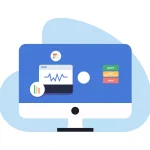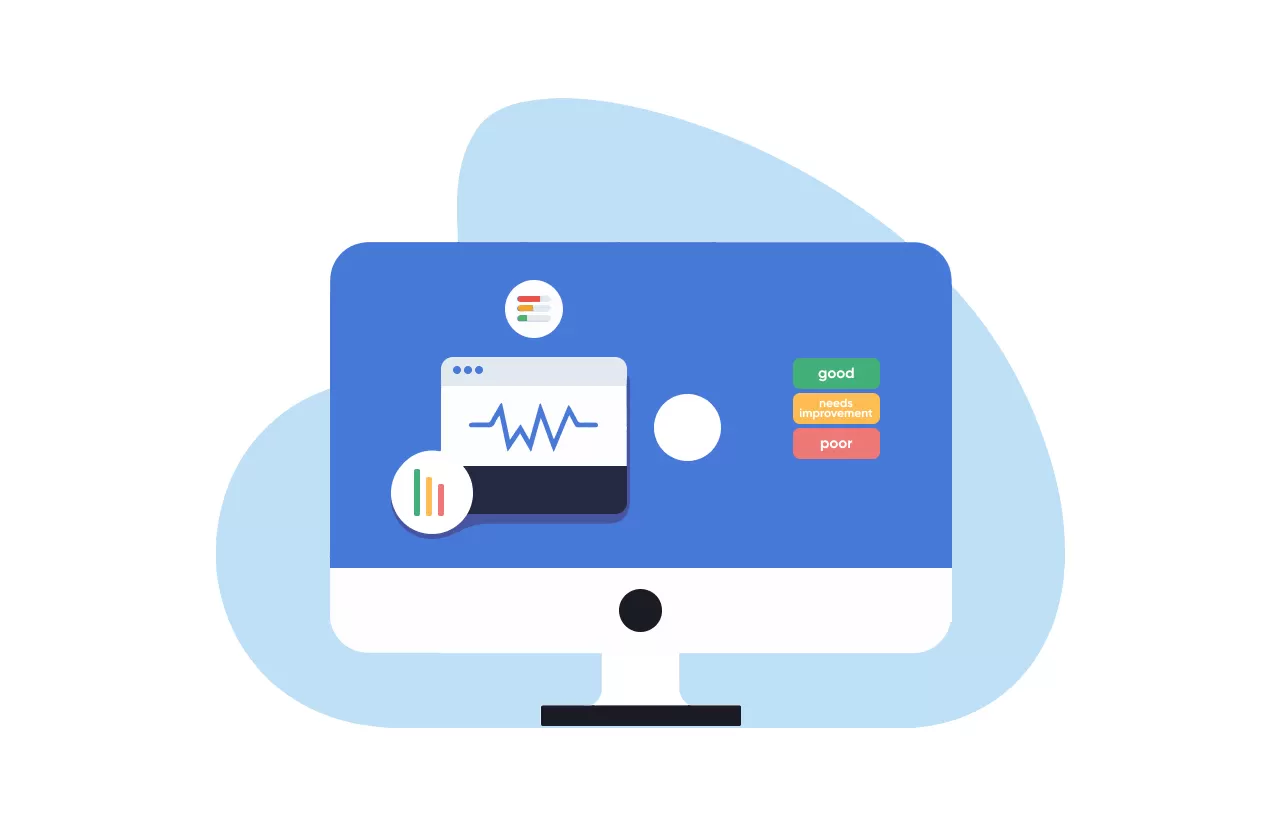Introduction
Imagine your website as a luxury high-speed train. It may have a stunning design, plush interiors, and world-class features, but if the ride is bumpy, slow, or delayed, passengers won’t return. The digital world works much the same way—users care less about the bells and whistles and more about how smoothly a website performs. This is where Core Web Vitals come in, acting as the invisible mechanics that determine how enjoyable that ride is for every visitor.
In modern development, understanding and improving these metrics is crucial for anyone serious about achieving performance and a positive user experience. That’s why modern developers and learners in the best Full Stack course are now taught to treat Core Web Vitals as a fundamental part of the development lifecycle, not an afterthought.
The Pulse of the Web: Understanding Core Web Vitals
Google’s Core Web Vitals are like the vital signs of a human body—heart rate, breathing, and temperature. When any of these fall out of balance, the body suffers, and so does a website when its vitals are ignored. These metrics—Largest Contentful Paint (LCP), First Input Delay (FID), and Cumulative Layout Shift (CLS)—measure loading speed, interactivity, and visual stability.
Each plays a unique role: LCP tells how quickly the main content appears, FID measures responsiveness to user actions, and CLS ensures the page doesn’t awkwardly shift while loading. A delay of just a second can cause users to abandon a page. For developers aiming for excellence, mastering these indicators is akin to learning to tune an instrument before every performance—a skill nurtured through structured practice in the best Full-Stack course that emphasizes user-centric design and real-time performance analysis.
LCP: The First Impression That Lasts
Think of LCP as a digital handshake. When a page loads, the user forms an instant impression—if it’s fast, trust is built; if it lags, frustration sets in. LCP focuses on how quickly the most significant visible element (such as a banner, image, or text block) loads on the screen. A delay of more than 2.5 seconds is like making your audience wait at the door.
Optimizing LCP often involves compressing images, utilizing content delivery networks (CDNs), and prioritizing critical CSS elements. Developers also rely on lazy loading techniques so that only visible elements load first. It’s similar to a restaurant that serves appetizers immediately while the main course is still being prepared, keeping guests engaged without losing them to impatience.
FID: Making the Web Feel Alive
If LCP is the first handshake, FID is the subsequent conversation. It measures how responsive a site is to user actions—such as clicks, taps, or inputs. Imagine pressing a lift button and waiting five seconds before it lights up. The uncertainty creates friction, and users quickly lose faith in the system.
High FID values often result from heavy JavaScript execution. Optimizing this metric involves breaking large scripts into smaller chunks, deferring non-essential scripts, and utilizing browser caching. Developers must ensure the main thread remains free to respond immediately to user actions. In storytelling terms, FID refers to the pace at which the plot unfolds—no one enjoys a narrative that drags on before the climax arrives.
CLS: The Art of Stability
Now imagine reading an online article, and just as you’re about to click “Next,” the text shifts because an image suddenly loads above. You click the wrong link, irritation builds, and your trust erodes. That’s what a poor CLS score feels like. Cumulative Layout Shift measures unexpected movements in a web page’s layout during loading.
The fix often lies in defining explicit size attributes for images, embedding media responsibly, and reserving adequate space for ads or pop-ups. Developers can utilize CSS aspect ratios and container dimensions to maintain a consistent layout across different devices. It’s like arranging furniture in a moving van—you want everything secured so nothing slides around during the journey.
Monitoring and Measuring: The Tools Behind the Magic
You can’t improve what you can’t measure. Tools like Google PageSpeed Insights, Lighthouse, and Chrome’s DevTools provide detailed diagnostics of Core Web Vitals. Each acts like a fitness tracker for your website, revealing weak spots and suggesting targeted exercises to improve.
Regular performance audits should become part of the development routine, like preventive health check-ups. Continuous integration pipelines can even automate these checks, ensuring regressions are caught before deployment. Developers who treat web performance as a living, breathing entity tend to deliver digital experiences that delight rather than disappoint.
Building a Culture of Performance
Optimizing for Core Web Vitals is not a one-time task, but a mindset shift. Teams need to embed performance awareness into every design decision—from selecting third-party plugins to setting caching strategies. Performance isn’t just a backend concern; designers, marketers, and content creators all play their part.
In the modern digital economy, speed and smoothness are synonymous with professionalism. Websites that load quickly convey reliability, while those that fail to load risk being forgotten. Developers trained in performance-oriented environments learn not only to build features but to build experiences that last.
Conclusion
Web Vitals aren’t just another technical checklist—they are the heartbeat of user satisfaction. Optimizing them transforms a sluggish website into a symphony of speed, stability, and responsiveness. Like a skilled conductor guiding every section of an orchestra, developers must harmonize code, design, and infrastructure to achieve flawless execution.
As the web continues to evolve, those who master Core Web Vitals will stand out as the architects of digital elegance. With the proper guidance, continuous practice, and an eye for detail, any developer can turn a good website into a truly great one—where every click feels instant, every element stays steady, and every user leaves impressed.










